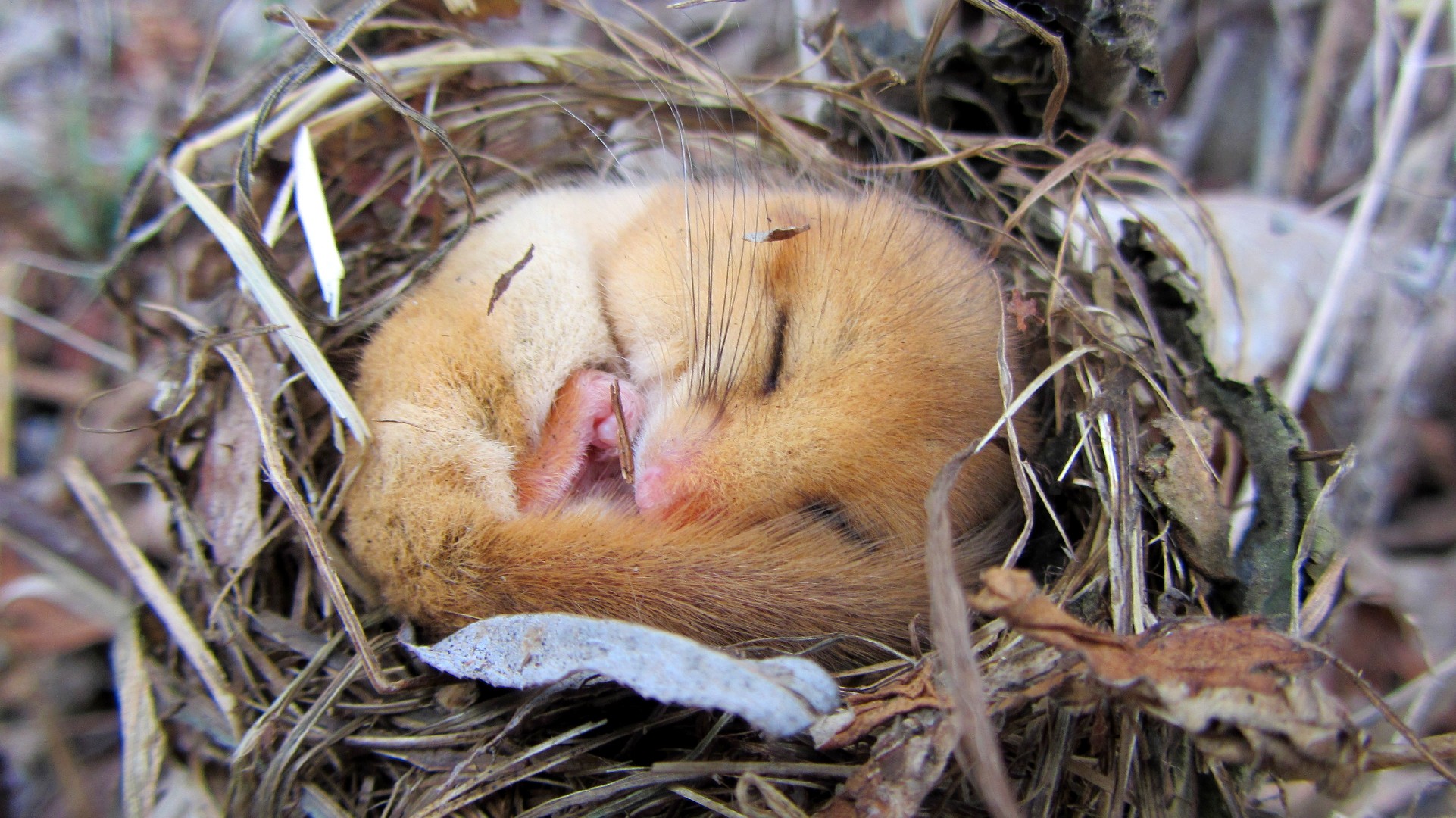Hazel dormouse
A species of Hazel dormouse, Also known as Dormouse Scientific name : Muscardinus avellanarius Genus : Hazel dormouse
Hazel dormouse, A species of Hazel dormouse
Also known as:
Dormouse
Scientific name: Muscardinus avellanarius
Genus: Hazel dormouse
Content
Description General Info
 Photo By Zoë Helene Kindermann , used under CC-BY-SA-4.0 /Cropped and compressed from original
Photo By Zoë Helene Kindermann , used under CC-BY-SA-4.0 /Cropped and compressed from original Description
The hazel dormouse can reach a body length of about 10 centimetres (3.9 in) and a length of about 16 centimetres (6.3 in) if you consider the tail as well. It is 6 to 9 cm (2.4 to 3.5 in) long with a tail of 5.7 to 7.5 cm (2.2 to 3.0 in). It weighs 17 to 20 g (0.60 to 0.71 oz), although this increases to 30 to 40 grams (1.1 to 1.4 oz) just before hibernation. This small mammal has reddish brown fur that can vary up to golden-brown or yellow-orange-brown becoming lighter in the lower part. Eyes are large and black. Ears are small and not very developed, while the tail is long and completely covered with hair. It is a nocturnal creature and spends most of its waking hours among the branches of trees looking for food. It will make long detours rather than come down to the ground and expose itself to danger. The hazel dormouse hibernates from October to April–May. 
General Info
Lifespan
2-7 years
Diet
Hazel dormouse primarily feeds on insects, spiders, and snails, making it an insectivorous diet-orientated species. It also consumes seeds, flowers, and fruits, particularly hazelnuts, which gives it an omnivorous dietary option during the scarcity of insects.
Appearance
Hazel dormouse is a petite rodent with a cylindrical, plump body covered in dense, soft fur. Its coloration exhibits a striking contrast between warm cinnamon topcoat and snowy white underbelly. Hazel dormouse carries a long, bushy tail with fur that flows in a gradient from tan to white. The creature has no noticeable changes in its appearance due to age, gender, or subspecies. Its large, round eyes and tiny ears confer an endearing charm to hazel dormouse.
Behavior
Hazel dormouse displays predominantly solitary and crepuscular behavior, foraging at dusk and dawn for seeds, insects and fruits. It engages in torpor during cold weather and hibernates in leaf-lined nests in winter. Its characteristic tail-wagging alerts others of danger, indicating a certain level of social interaction among individuals.
Scientific Classification
Phylum
Chordates Class
Mammals Order
Gnawing mammals Family
Dormice Genus
Hazel dormouse Species
Hazel dormouse